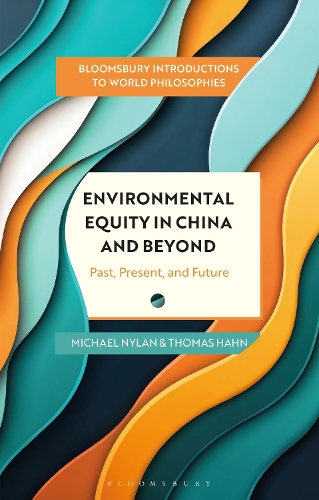
Environmental Equity in China and Beyond: Past, Present, and Future
(Paperback)
Available Formats
Publishing Details
Environmental Equity in China and Beyond: Past, Present, and Future
By (Author) Michael Nylan
By (author) Dr Thomas Hahn
Bloomsbury Publishing PLC
Bloomsbury Academic
19th February 2026
United Kingdom
Classifications
Tertiary Education
Non Fiction
The environment
Confucianism
Physical Properties
Paperback
240
Width 138mm, Height 216mm
Description
Michael Nylan and Thomas Hahn open up new vistas for thinking ecologically in this introduction to ancient and modern thought in China.
Together they explore the environment in the Chinese philosophical tradition and contemporary China through the lens of intergenerational justice. Nylans analysis of lesser known texts from ancient China changes our thinking of Chinese political philosophy and legal antiquity codes. Hahns comprehensive overview of recent data from China offers a response to the present crisis. Their original approach underscores why environmentalism is always more than a Western issue.
By applying ancient ideas to an urgent topic with a unique emphasis on East Asia, this one-of-a-kind guide to environmental thought challenges standard narratives. It is essential reading for anyone looking to understand how classical Chinese concepts can provide the necessary tools to improve how we think about the world we live in.
Author Bio
Michael Nylan is Professor of the Early History of China at the University of California in Berkeley, USA. She is one of the world's most prolific specialists of research into the early Chinese dynasties. Her books include the classic The Five Confucian Classics (2001), China's Early Empires (2010 with Michael Loewe) and more recently The Chinese Pleasure Book (2018) as well as the translation of Sunzis The Art of War (2022). Nylan edits the ongoing series Classics of Chinese Thought.
Thomas Hahn is a sinologist and cultural geographer, based in the US. Retired from Cornell and from occasional teaching at the University of California in Berkeley, he has over 40 years of fieldwork experience in China. His publications reflect research on Chinese gazetteers, the Grand Canal as a UNESCO World heritage Site; and religious communities, especially those based in China's rural and mountainous areas.
